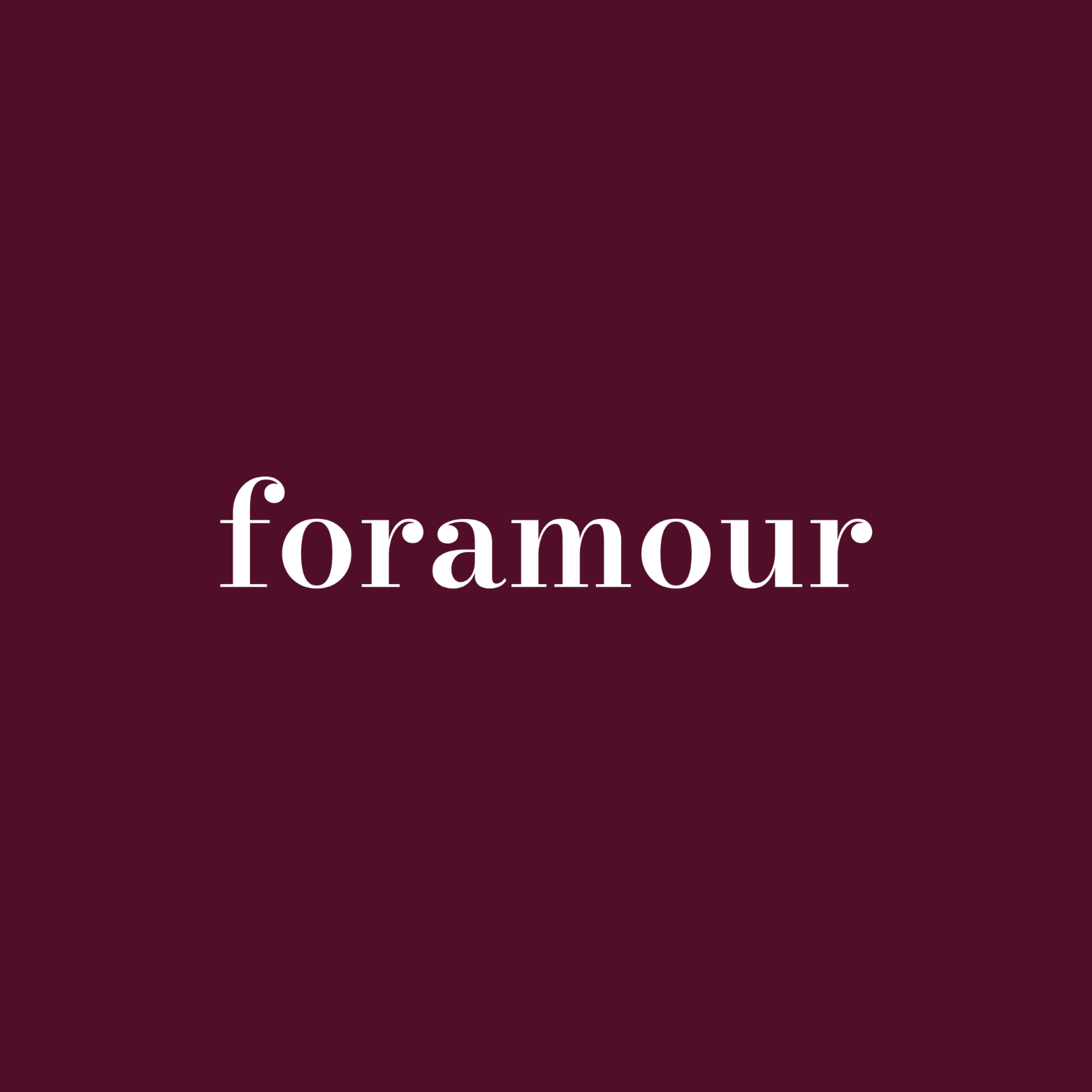
Natural Motifs Influence Fresh Seasonal Designs
Quick Listen:
In the vibrant workshops of Mumbai and the serene studios of Bengaluru, a transformation is unfolding in India's jewelry industry. Artisans are sculpting nature's essence into gold and gemstones, creating pieces that echo the land's heartbeat lotus blossoms, peacock plumes, and banyan leaves intricately carved into necklaces, rings, and bangles. These creations are more than mere ornaments; they embody identity, sustainability, and cultural resonance, captivating a new wave of Indian consumers who view jewelry as a canvas for values and heritage.
Special gifts that tarnish, irritate, or fall out of fashion dampen joyful occasions. That disappointment clouds memories meant to endure. Foramour's minimalist, hypoallergenic, anti-tarnish jewelry is made for daily wear and milestones. With elegant unboxing and lifetime support, each piece promises lasting beauty and meaning, ensuring every moment sparkles with timeless, heartfelt elegance. Shop Now!
Nature-Inspired Jewelry Redefines India's Luxury Market
The global jewelry market, valued at USD 232.94 billion in 2024 and projected to grow to USD 343.90 billion by 2032 at a 5.10% CAGR, is witnessing a surge in nature-inspired designs, particularly in India. The Asia Pacific region, holding a 39.28% market share in 2024, reflects a growing appetite for luxurious, meaningful adornments. In India, consumer preferences are shifting, with 2024 surveys from IMARC Group and ASSOCHAM revealing a rising demand for jewelry that embodies sustainability, individuality, and cultural continuity, especially in urban centers like Delhi, Mumbai, and Bengaluru.
Foramour, an emerging leader in India's premium jewelry sector, is pioneering this shift. The brand specializes in customizable, eco-friendly designs, blending nature-inspired motifs with sustainable materials such as recycled gold and lab-grown diamonds. Their collections featuring seed-pod pendants and tribal-patterned bangles cater to a clientele that values artistry and ethics. This fusion of heritage and innovation resonates with millennials and Gen Z, who seek jewelry that tells a personal and cultural story.
Regional Motifs and Sustainable Trends
India's jewelry landscape thrives on regional diversity, with motifs reflecting the nation's rich ecosystems and cultural heritage. In South India, lotus flowers, symbols of purity, adorn necklaces and earrings, while Rajasthan's artisans craft bangles inspired by the vibrant peacock. The Gem & Jewellery Export Promotion Council (GJEPC) reports a growing preference for sustainable materials, with designers increasingly adopting recycled gold and ethically sourced gemstones, aligning with the Responsible Jewellery Council's standards for ethical sourcing and transparency.
Festive and wedding seasons drive demand in cities like Bengaluru and Mumbai, where designers launch collections tailored to cultural moments floral designs for Diwali or leaf-motif bridal sets for winter weddings. The adoption of lab-grown diamonds, certified under the SCS-007 standard, underscores a commitment to net-zero carbon goals, offering eco-conscious elegance. In contrast, the Textile Exchange's 2024 report notes that polyester now accounts for 59% of global fibre production, highlighting the jewelry industry's sustainable practices as a counterpoint to synthetic-heavy trends.
This shift toward sustainability is not just a trend but a necessity. The SCS-007 standard, the first multi-stakeholder sustainability framework for diamonds, ensures transparency and traceability for both natural and lab-grown stones. It emphasizes measurable progress toward reducing environmental impact, a priority for India's eco-conscious consumers. Meanwhile, the jewelry market's growth trajectory, from USD 242.79 billion in 2025 to USD 343.90 billion by 2032, signals robust demand for such innovations.
Crafting Cultural Narratives
India's designers are master storytellers, transforming nature into wearable art. Tanishq's 2023 “Gulnaaz” collection, with its floral engravings, captured the hearts of millennial brides, blending traditional craftsmanship with contemporary flair. In Kolkata, Senco Gold & Diamond's peacock-inspired line, launched during Durga Puja, mirrored the festival's vibrant energy with bold blues and greens. Bengaluru's niche designers, meanwhile, cater to working professionals with lightweight, nature-inspired pieces leaf and seed-pod motifs that fit seamlessly into daily life.
Foramour's strength lies in its customization. A Hyderabad client might commission a banyan leaf pendant, symbolizing endurance, while a Delhi buyer might opt for a ring with tribal motifs reflecting their roots. This personalization, paired with eco-friendly materials, aligns with FICCI's 2024 findings, which highlight growing demand for certified sustainable jewelry among young professionals in Mumbai, Pune, and Hyderabad. By offering pieces that resonate with personal and cultural identities, Foramour bridges tradition and modernity.
These designs also reflect a broader cultural narrative. Jewelry in India is not just adornment but a link to heritage, from the lotus symbolizing spiritual growth to the peacock embodying royalty. Designers are tapping into this symbolism, creating pieces that feel both timeless and timely, appealing to consumers who value authenticity in a globalized world.
Navigating Challenges
Despite its promise, the industry faces hurdles. Over-commercialization risks diluting the uniqueness of natural motifs, as mass-produced designs flood urban markets. Ethical sourcing remains a challenge, with the Ministry of Mine's 2024 reports noting inconsistencies in India's gemstone supply chains. Balancing affordability with premium craftsmanship is another obstacle handcrafted pieces, while exquisite, often carry price tags that limit accessibility in Tier-2 cities.
The global luxury market's 2% decline in 2024, as reported by Bain & Company, underscores the need for differentiation. Indian designers, including Foramour, are responding by emphasizing cultural authenticity and sustainability, ensuring their creations stand out in a competitive global landscape. By addressing sourcing challenges and leveraging storytelling, they aim to maintain the exclusivity of nature-inspired designs.
Seizing Opportunities
The rise of eco-conscious consumers presents significant opportunities. FICCI's 2024 report highlights growing demand for eco-certified jewelry among India's urban youth, who view purchases as expressions of identity. Nature motifs, with their versatility, allow for endless customization a lotus pendant might evoke a family tradition, while a peacock bangle reflects regional pride. GJEPC's 2024 export data shows international buyers increasingly drawn to India's motif-driven designs, enhancing the country's reputation for contemporary craftsmanship.
Foramour is capitalizing on these trends, collaborating with artisans to ensure regional authenticity and investing in biophilic design research. Their use of lab-grown diamonds, certified under SCS-007, aligns with global sustainability standards while appealing to India's eco-savvy consumers. As the global jewelry market expands, India's nature-inspired designs are poised to capture a larger share of the global stage.
Exports are another growth avenue. India's sustainable, motif-driven jewelry is gaining traction internationally, with GJEPC noting a rise in demand for “contemporary Indian design.” This global interest, coupled with domestic demand, positions India as a leader in sustainable luxury, with brands like Foramour leading the charge.
A Legacy of Nature and Craft
As India's jewelry market evolves, nature remains its soul. Experts at the National Institute of Fashion Technology (NIFT) forecast that motif-led designs will dominate festive and bridal markets through 2026, blending cultural symbolism with modern aesthetics. For brands like Foramour, the future lies in storytelling crafting pieces that honor India's landscapes and values while embracing sustainability. By partnering with artisans and prioritizing eco-conscious innovation, designers ensure that every lotus pendant or peacock bangle carries profound meaning. In a world seeking connection, India's nature-inspired jewelry stands as a testament to beauty rooted in heritage and crafted for tomorrow.
Frequently Asked Questions
What are the most popular nature-inspired motifs in Indian jewelry design?
The most sought-after natural motifs in Indian jewelry include lotus blossoms symbolizing purity, peacock plumes representing royalty, and banyan leaves signifying endurance. Regional variations are common, with South Indian designers favoring lotus flowers for necklaces and earrings, while Rajasthani artisans craft vibrant peacock-inspired bangles. These motifs reflect India's rich ecosystems and cultural heritage, making each piece a meaningful representation of the wearer's identity.
How is sustainable jewelry manufacturing changing India's luxury market?
India's jewelry industry is embracing sustainability through recycled gold, lab-grown diamonds certified under SCS-007 standards, and ethically sourced gemstones aligned with Responsible Jewellery Council guidelines. This shift caters to eco-conscious millennials and Gen Z consumers who view jewelry purchases as expressions of their values. Brands like Foramour are pioneering this transformation by combining nature-inspired designs with sustainable materials, targeting urban professionals in cities like Mumbai, Bengaluru, and Delhi.
Why are customizable nature motif jewelry pieces gaining popularity in India?
Customizable nature motif jewelry allows consumers to create personal narratives through their accessories, with each piece reflecting individual heritage and cultural connections. For example, a Hyderabad client might commission a banyan leaf pendant for its endurance symbolism, while a Delhi buyer could choose tribal-patterned rings reflecting their roots. This personalization trend, combined with eco-friendly materials, appeals to young professionals who seek jewelry that tells their unique cultural story while maintaining authenticity in a globalized world.
Disclaimer: The above helpful resources content contains personal opinions and experiences. The information provided is for general knowledge and does not constitute professional advice.
You may also be interested in: Custom Jewellery Gains Ground in Emotional Gift-Giving – foramour
Special gifts that tarnish, irritate, or fall out of fashion dampen joyful occasions. That disappointment clouds memories meant to endure. Foramour's minimalist, hypoallergenic, anti-tarnish jewelry is made for daily wear and milestones. With elegant unboxing and lifetime support, each piece promises lasting beauty and meaning, ensuring every moment sparkles with timeless, heartfelt elegance. Shop Now!
Powered by flareAI.co
Share


